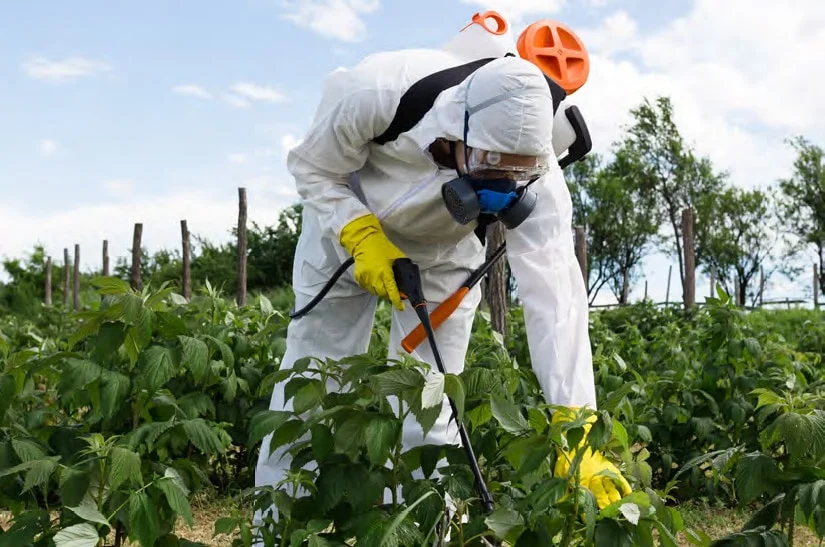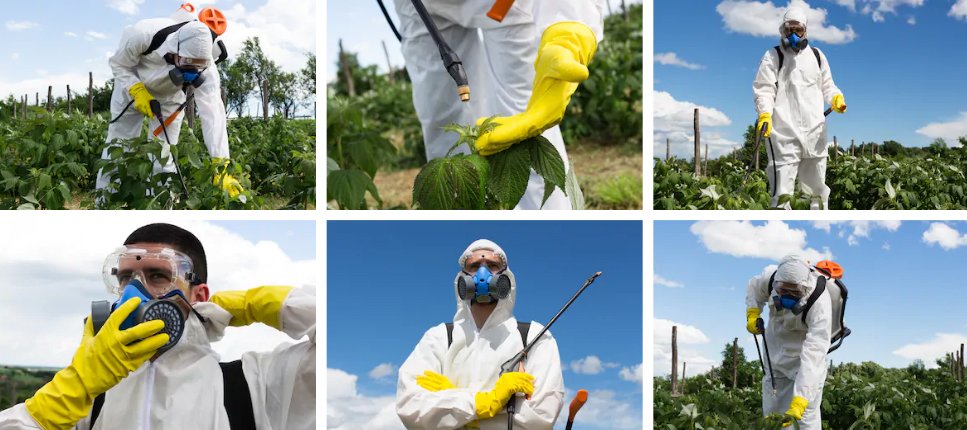Pesticide spraying is an essential activity in agriculture that helps to control pests and diseases that can significantly reduce crop yields. Pesticides are chemical substances that are designed to eliminate pests and diseases selectively. While these agricultural chemicals are useful, they have toxic effects on humans and animals. Therefore, it is crucial to choose the best protective coverall for pesticide spraying.
Protective coveralls are garments made from various materials that prevent pesticides from coming into contact with the skin, eyes, and respiratory system. These coveralls must be chosen correctly to ensure maximum protection while spraying. Here are some factors to consider when selecting the best protective coverall for pesticide spraying.

Material
The material used to make the spray suit is crucial when choosing suitable protection attire. The material should be impermeable, meaning that it should not allow pesticides to penetrate through the fabric. Common materials used to make protective coveralls include polyethylene, microporous film, and PVC. Polyethylene is lightweight and relatively cheap, but it is not as durable as microporous. Microporous is a synthetic material that provides the level of tear resistance and chemical protection needed when handling pesticides. PVC is a flexible material that is comfortable to wear, but it is not structurally sound compared to MF.
Fit
The coverall should fit the person’s body appropriately for maximum protection during pesticide spraying. A loose fit is not advisable, as it can allow pesticides to enter the body through gaps in the garment. A perfect fit prevents contamination through the neck, wrists, and ankles. The coverall should also be comfortable and allow for sufficient airflow. Comfortable coveralls prevent skin irritation and encourage the wearer to wear the protective gear when needed.
Elasticity
The protective coverall should be stretchable, allowing for free movement during pesticide spraying. The coverall should not be too tight, as it can limit movement and cause discomfort on the wearer’s part. Elasticity can improve the fit of the coverall and prevent pesticides from entering through cracks or openings in the garment.
Hood
A protective coverall for pesticide spraying should include a hood to cover the head and neck. The hood protects the hair, eyes, ears, and face from any pesticide contact. The hood should fit securely around the wearer’s head and be adjustable to eliminate any gaps.

Breathability and Heat Stress
People performing pesticide spraying often work in hot and humid environments that can lead to heat stress. Prolonged exposure to high temperatures can cause significant health problems and reduce the effectiveness of the pesticide application. The protective coverall should be breathable to allow airflow and prevent heat stress. Breathable coveralls made from Tyvek provide a balance between breathability and chemical protection.
Cost
The cost of the protective coverall is a critical factor in the decision-making process. The chemical resistance, durability, and functionality of the apparels decide their costs. Selecting coveralls with lower costs may compromise on quality, which can lead to reduced protection and wear and tear after a short time. When purchasing protective coveralls, it’s essential to find a balance between affordability and effectiveness.

Pesticide spraying is an essential agricultural activity that requires careful attention to worker safety. Choosing the right protective coverall for pesticide spraying is critical for protecting workers from the harmful effects of pesticides. The coverall should have the necessary features such as chemical resistance, durability, elasticity, and breathability to provide maximum protection while allowing free movement. The appropriate material, fit, hood, and cost should also be considered when buying coveralls. Choose the best protective coverall for pesticide spraying to stay safe while working on the farm.


